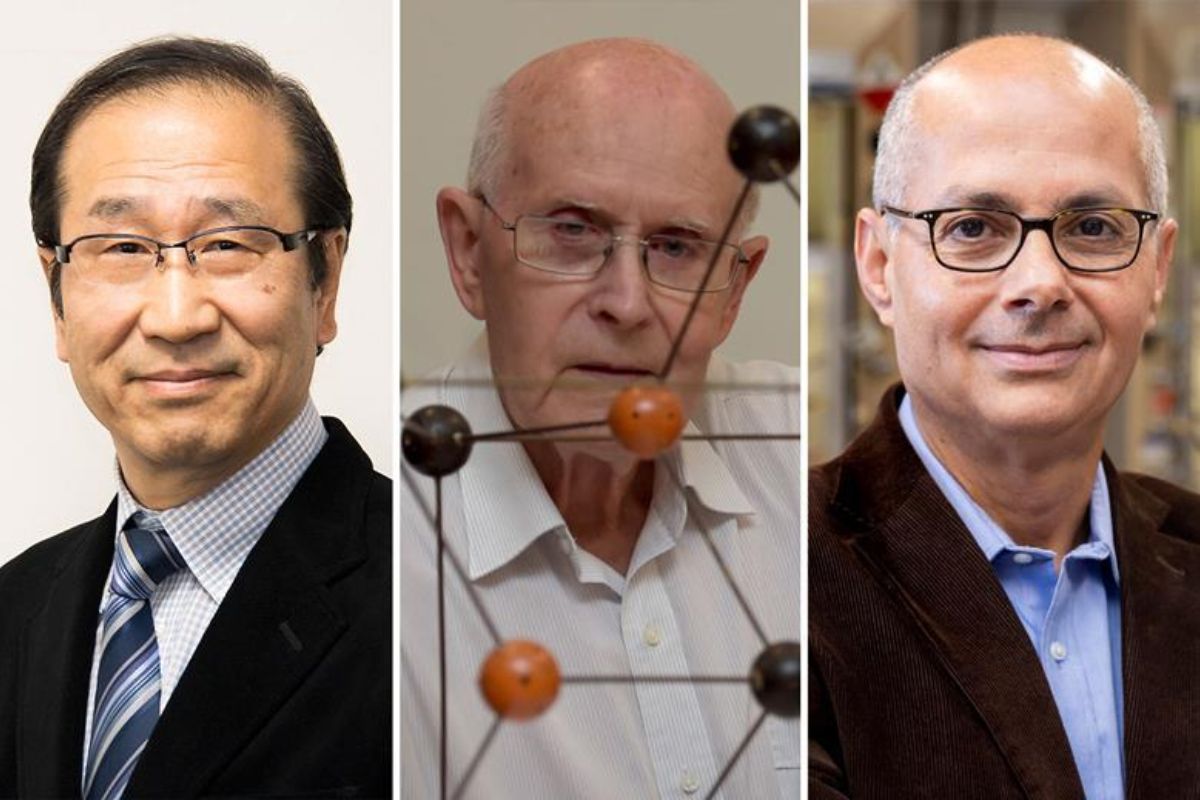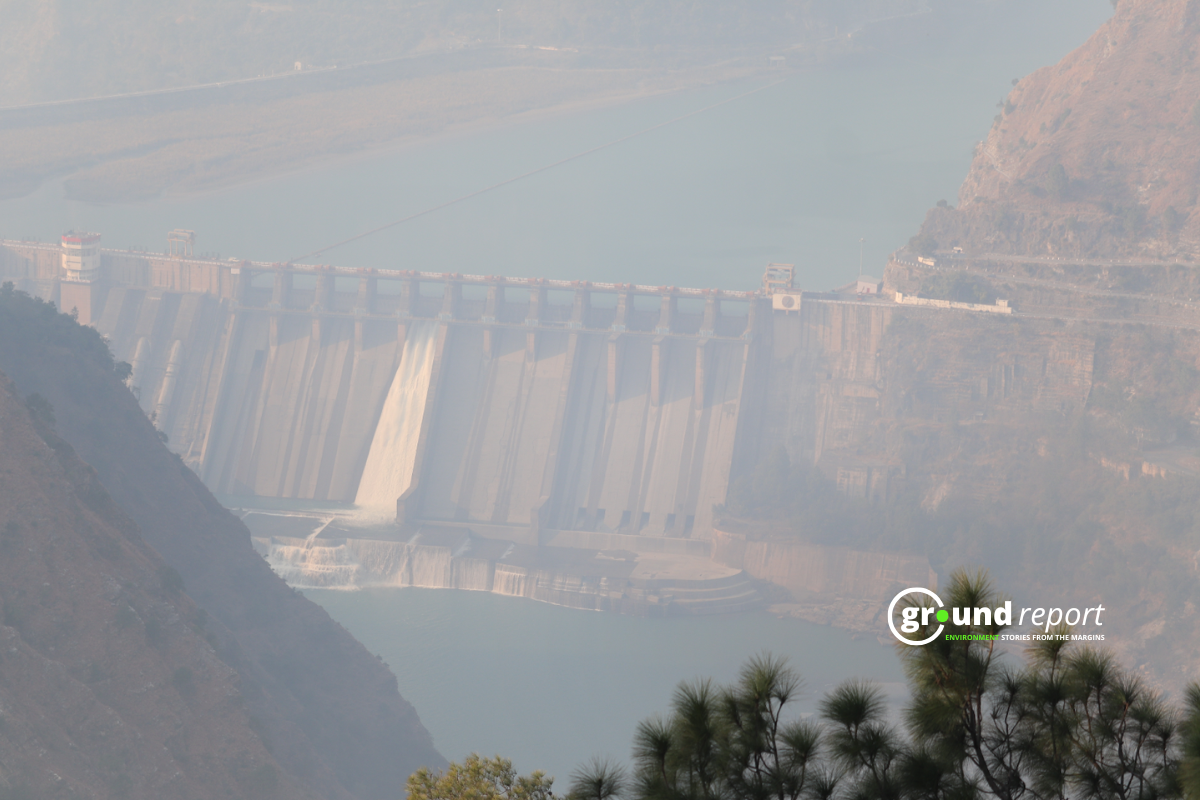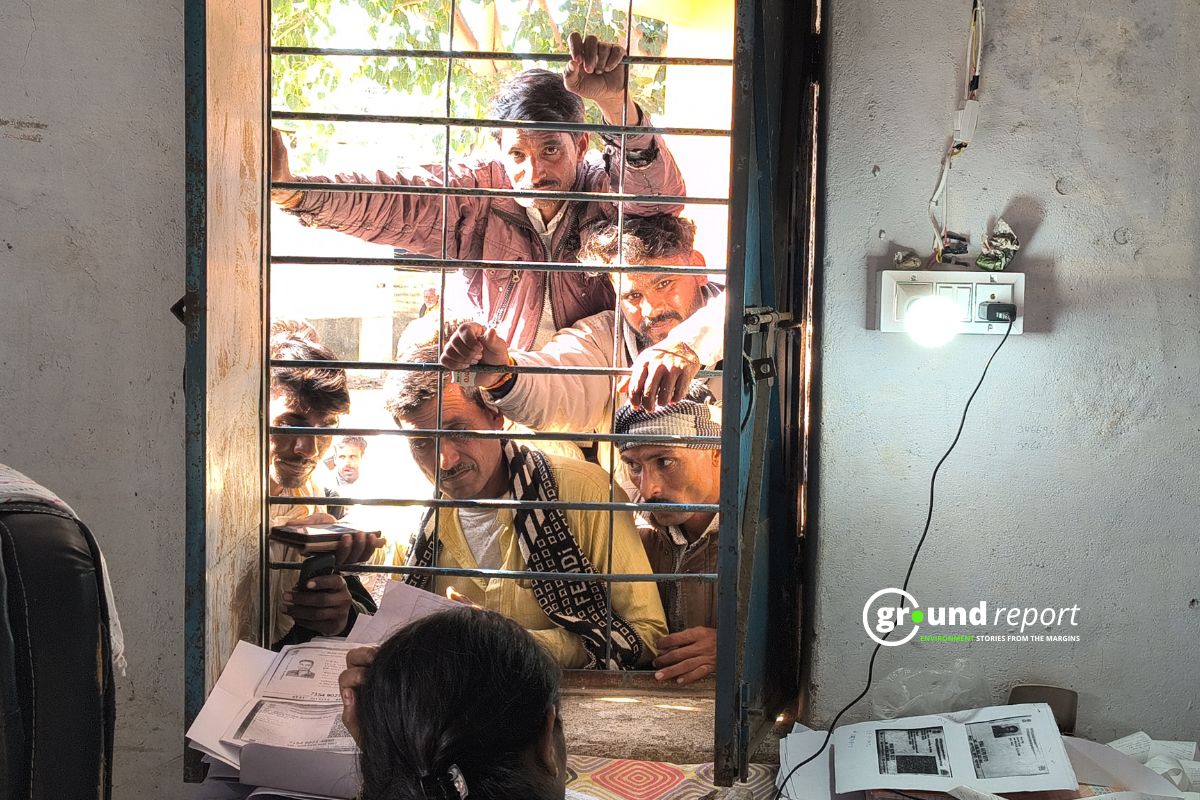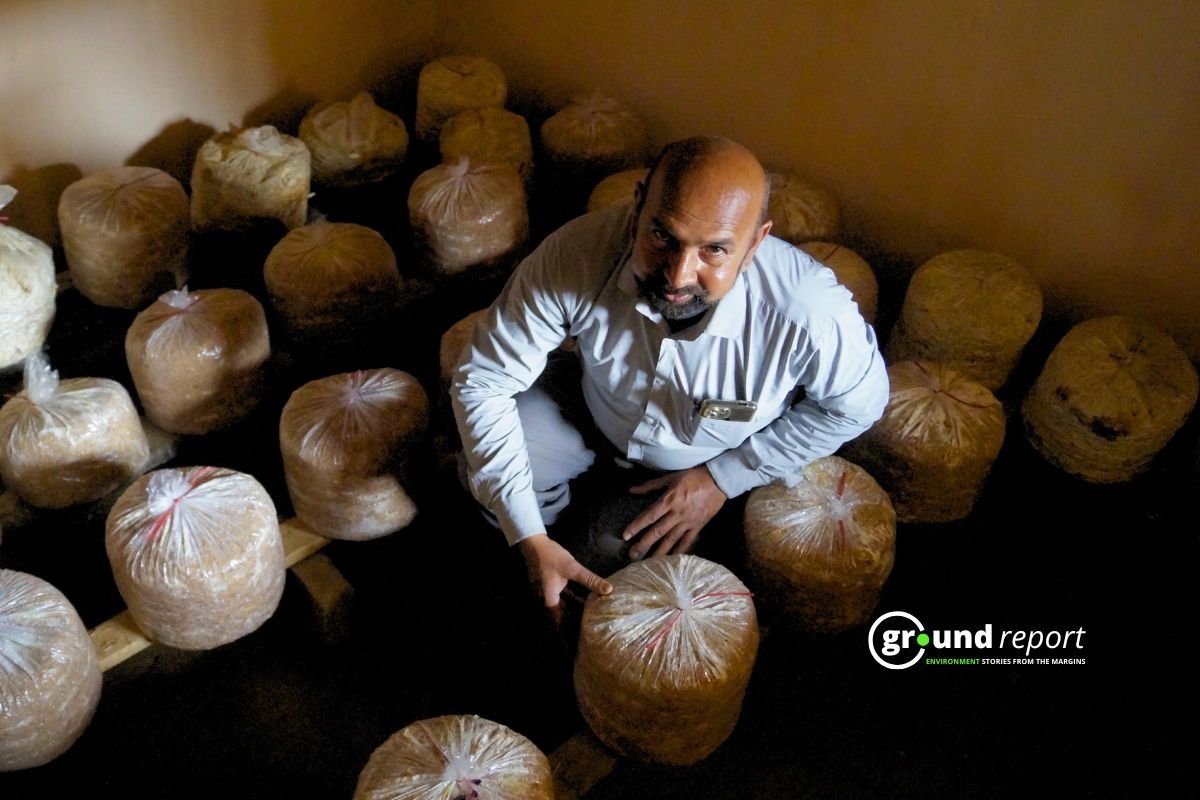Battery technology has advanced rapidly. We now use lithium and sodium-ion cells in everything from phones to power banks. But the idea of a battery that works for decades without charging still sounds far-fetched.
That’s starting to change.
A Chinese company, Betavolt, recently introduced a nuclear battery called BV100. It’s coin-sized, runs on radioactive material, and can provide power for 50 years. According to a report by Popular Mechanics, Betavolt is already mass-producing this battery.
🇨🇳‼️China has begun mass production of nuclear batteries‼️
The declared service life is 50 years without recharging. The battery does not emit radiation, and at the end of its life cycle it turns into ordinary copper. 👇 pic.twitter.com/pjBOBeGwlh
— Djole 🇷🇸 (@onlydjole) April 4, 2025
What are nuclear batteries?
Nuclear batteries, also known as betavoltaic batteries, generate electricity from the energy released during radioactive decay. Unlike traditional batteries that rely on chemical reactions, nuclear batteries use radioactive isotopes such as Nickel-63 or Carbon-14 as their power source. As these isotopes decay, they emit particles that a semiconductor material captures and converts into a steady electric current.
These batteries don’t need recharging and can last for decades. They work reliably in extreme temperatures and harsh environments. Because they produce a low but consistent power output, they are ideal for small devices that need long-term energy without maintenance.
Earlier nuclear batteries, developed during the Cold War, were bulky, expensive, and unsafe. Modern versions, like the coin-sized BV100 produced by China’s Betavolt, use advanced materials such as diamond semiconductors, making them safer and more compact. These new designs eliminate the risk of overheating or explosion and are already being used in aerospace equipment, medical implants, military tools, and remote sensors.
How do nuclear batteries work?
Nuclear batteries use radioactive isotopes to generate electricity. As the isotope decays, it releases energy. This energy is then converted into electricity by semiconductor materials. This process doesn’t involve combustion, making the batteries stable and long-lasting.
Betavolt’s BV100 battery uses Nickel-63 as its fuel. As the isotope decays into copper, it emits beta particles. The battery uses diamond semiconductors to capture and convert these particles into electricity.
The battery produces 100 microwatts at 3 volts. While this is not enough to power smartphones, it’s suitable for low-energy devices. Betavolt says it plans to develop a more powerful one-watt version soon.
What makes BV100 different?
Betavolt’s BV100 is the first nuclear battery built using China’s fourth-generation diamond semiconductor technology. It offers over 10 times the energy density of lithium-ion batteries. It can operate between -60°C and 120°C.
The battery is sealed and stable. It doesn’t explode or catch fire. Even under stress, it remains safe to use.
According to Betavolt, this small battery could be combined in series or parallel to meet different energy needs. Medical equipment, aerospace devices, and military tech could benefit from such power sources.
China isn’t the only country working on nuclear batteries.
Scientists at the University of Bristol and the UK Atomic Energy Authority said in December that they developed the world’s first carbon-14 diamond battery. It uses carbon-14, a radioactive isotope, to generate power.
This British battery traps electrons inside a diamond structure. It can work in harsh environments like outer space, deep oceans, or disaster zones.
China is also working on another nuclear battery based on carbon-14. Researchers at a Chinese university partnered with Beita Pharmatech to create a carbon-14 powered battery. According to the team, this battery could theoretically last thousands of years due to the isotope’s long half-life of 5,730 years.
Zhang Guanghui, the technical lead on the project, confirmed this in a statement to local media.
This battery is built with a semiconductor made from silicon and carbon. It can function in extreme temperatures—from -100°C to 200°C. The university says it can power a small LED lamp for months.
Lead researcher Su Maogen said the battery is useful for medical implants like pacemakers and for space applications. It can also support large sensor networks and provide power in remote environments.
Why does this matter?
Most batteries today lose capacity over time. They also require charging or replacement. Nuclear batteries don’t have this issue.
The BV100 and similar models provide uninterrupted power for decades. This can transform how we power devices in areas where charging isn’t practical—like satellites, deep-sea robots, or implanted medical devices.
Betavolt has filed patents in China and is working on international ones. The company’s goal is to scale up production and improve battery output.
China began mass-producing carbon-14 in 2023 at a commercial nuclear reactor in Zhejiang. This marks a shift away from relying on imports from Canada, South Africa, and others. According to the Australian National University, carbon-14 is extremely rare—found in only one out of every billion carbon atoms.
To support this project, the university in China plans to develop new equipment for faster carbon-13 detection and isotope separation. These steps aim to build a full supply chain for future carbon-14 batteries.
Meanwhile, Betavolt plans to release a one-watt version of the BV100 this year. This could make nuclear batteries suitable for more applications—like drones, wearables, and compact sensors.
As competition heats up, companies in the US, UK, and China are all racing to improve betavoltaic battery technology. Nuclear batteries won’t replace your phone’s lithium-ion cell just yet. But they might power the next wave of space missions or medical breakthroughs.
Support us to keep independent environmental journalism alive in India.
Keep Reading
California Fires Live updates: destructive wildfires in history
Hollywood Hills burning video is fake and AI generated
Devastating wildfire in California: wind, dry conditions to blame?
Los Angeles Cracks Under Water Pressure
From tourist paradise to waste wasteland: Sindh River Cry for help
Follow Ground Report on X, Instagram and Facebook for environmental and underreported stories from the margins. Give us feedback on our email id greport2018@gmail.com.
Don’t forget to Subscribe to our weekly newsletter, Join our community on WhatsApp, and Follow our YouTube Channel









